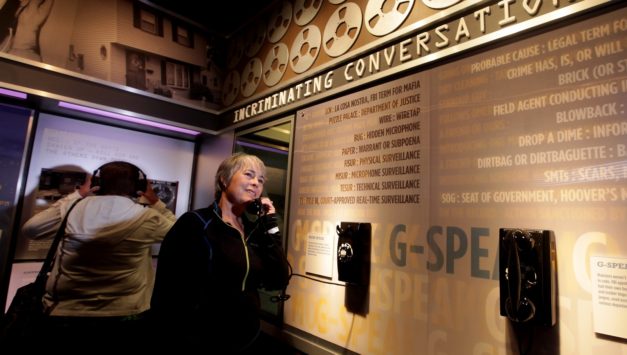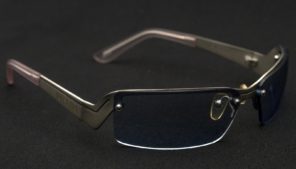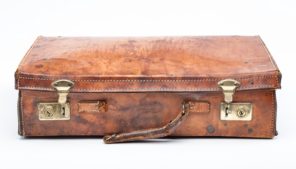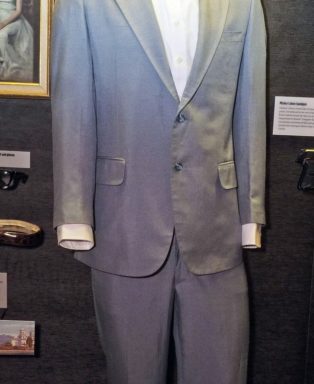
Overview
New York Mafia boss John Gotti once remarked, “Don’t ever say anything you don’t want played back to you someday.” But Gotti didn’t heed his own advice. His voice is one in a vast chorus of mobsters captured on wiretaps and bugs. After the Kefauver hearings, Americans demanded a more aggressive campaign to bring down the Mob. Law enforcement agencies armed themselves with new techniques and technologies, and prosecutors deployed a new law that enabled them to decapitate the nation’s most powerful crime syndicates. By the end of the 20th century, the traditional Mob was a shadow of its former self.
Gallery

Listen to FBI recordings of real mobsters.

In 1980, at age 29, Donna Congeni Fitzsimmons was appointed special prosecutor for a Mob case that included Cleveland Mafia boss Angelo Lonardo.

Joseph Bonanno became one of the youngest bosses of a crime family at age 26. See his sawed-off shotgun on the first floor of the Museum.

Greg DePalma gave his entire crew, including undercover FBI agent Jack Garcia, these counterfeit sunglasses.

Joe Bonanno’s briefcase once held the handwritten manuscript of his autobiography, A Man of Honor. Both items are now part of the Museum collection.

Mickey Cohen wasn’t just a snappy dresser in this blue silk suit. He was also a well-connected Los Angeles mobster.

Joaquin “Jack” Garcia was an undercover FBI agent who took down Mafia capo Greg DePalma with his recordings.

The FBI had to duplicate this phone that Greg DePalma issued to undercover FBI agent Jack Garcia.

An FBI agent has to know and understand his tools. Does the light blink? Does it make noise? While undercover, Jack Garcia chose this recorder (and others) to help him secretly record conversations.

Jack Garcia went by the name Jack Falcone while he was undercover with the Gambino crime family. He used this device to record the conversations while he was undercover.















